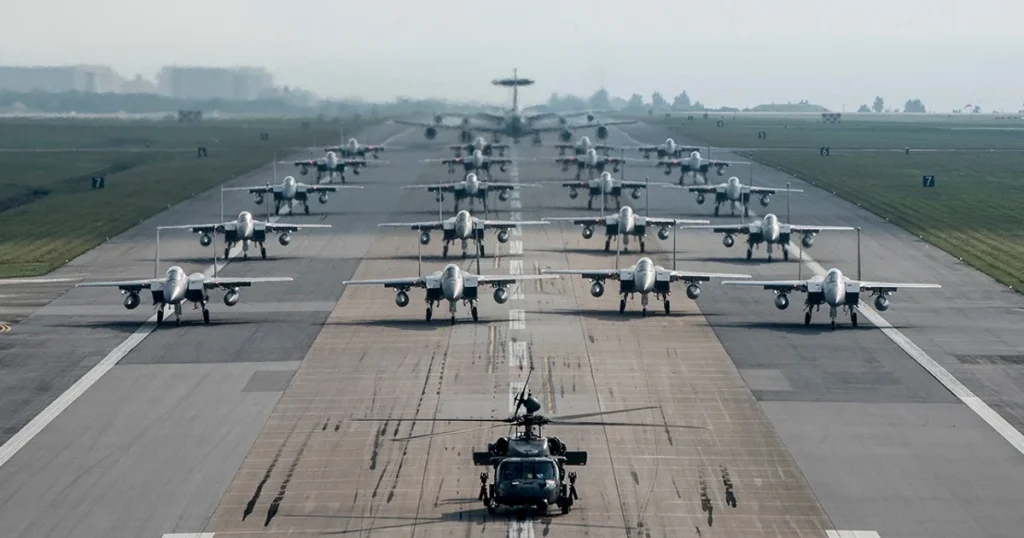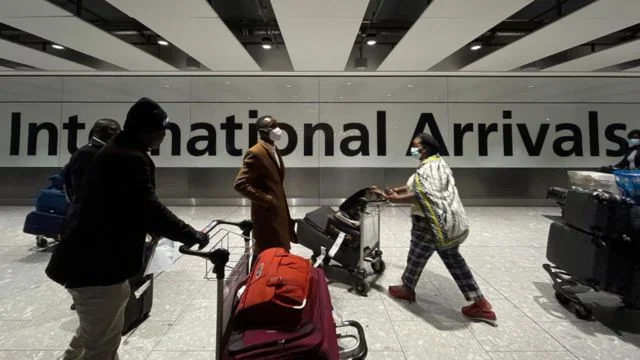India’s strong domestic economy is providing New Delhi with leverage. The country is currently negotiating a trade deal with Washington.
This leverage exists despite steep U.S. tariffs. Washington recently imposed levies of up to 50% on Indian imports. However, Indian officials indicate they are under no pressure to rush an agreement.
Recent data supports this confidence. Indian exports to the U.S. declined by 8.6% in October. While significant, this is an improvement from the 12% drop recorded in September. Consequently, the initial shock of the high tariffs appears to be stabilizing.
A Strategy of Patience
Other Asian nations, such as Japan and South Korea, moved quickly to strike deals. In contrast, New Delhi is adopting a calculated approach.
Government sources state that the country has successfully weathered the initial impact. This resilience gives negotiators breathing room. They can now hold out for better terms.
“If needed, we are ready to wait,” a senior official stated. He noted that the broader economic impact remains limited.
Potential Terms of the Deal
Insiders suggest a potential framework is taking shape.
-
U.S. Concessions: Negotiators expect Washington to roll back a 25% tariff linked to Russian oil. Eventually, they aim for a standardized 15% rate.
-
India’s Offer: In return, New Delhi may cut import tariffs on over 80% of goods. However, the government will continue to protect sensitive sectors like agriculture.
President Donald Trump recently commented on the progress. He stated that Washington is close to finalizing a deal.
Diversification and Support
India has launched a multi-pronged defense strategy. This aims to mitigate the impact of U.S. tariffs.
1. Expanding Horizons Exporters are diversifying into African and European markets. Recent trade deals with the U.K. and Australia support this pivot.
2. Government Relief The government has introduced tax cuts on raw materials. Additionally, they rolled out a $5.1 billion support package to bolster exports.
3. Industry Resilience Private businesses are also absorbing costs. Industry leaders in apparel and footwear report taking hits to their margins. They are offering discounts to keep U.S. buyers.
The China Challenge
India’s domestic economy grew by 7% in the recent quarter. However, challenges remain globally.
Exporters report intensifying competition from China. Chinese manufacturing faces overcapacity. As a result, cheaper goods are flooding non-U.S. markets.
This pressure was clear in October. India’s exports to non-U.S. destinations fell by 12.5%. This drop was sharper than the decline seen in the American market.
Macron Launches New African Tour to Reset Diplomatic Relations























